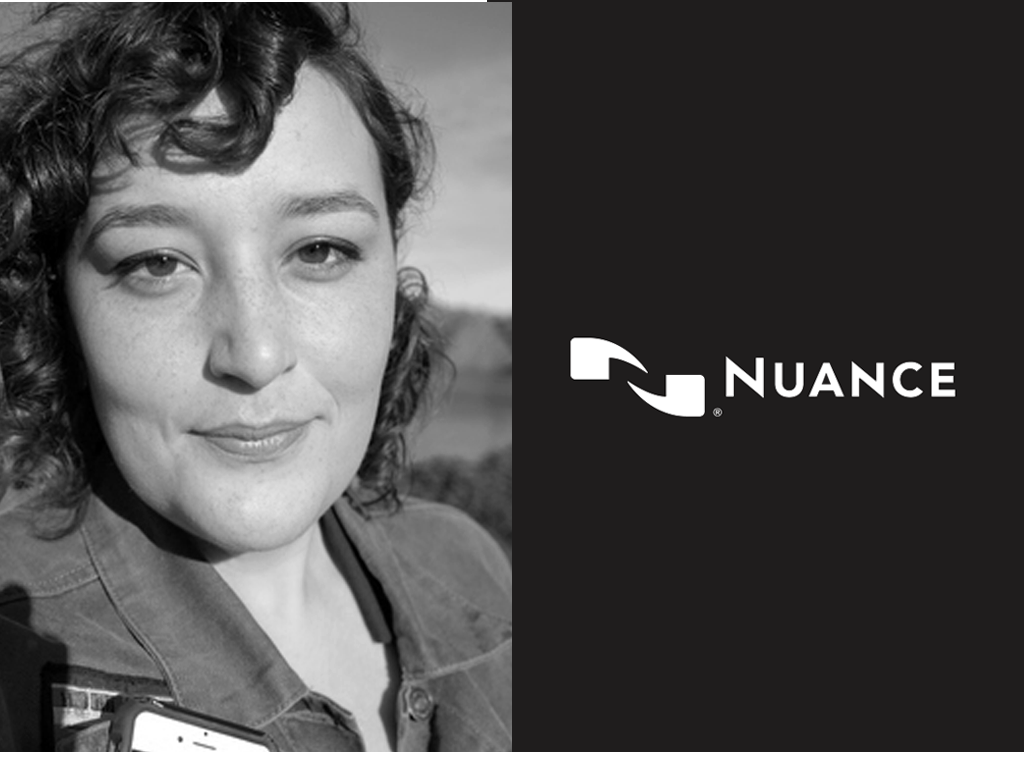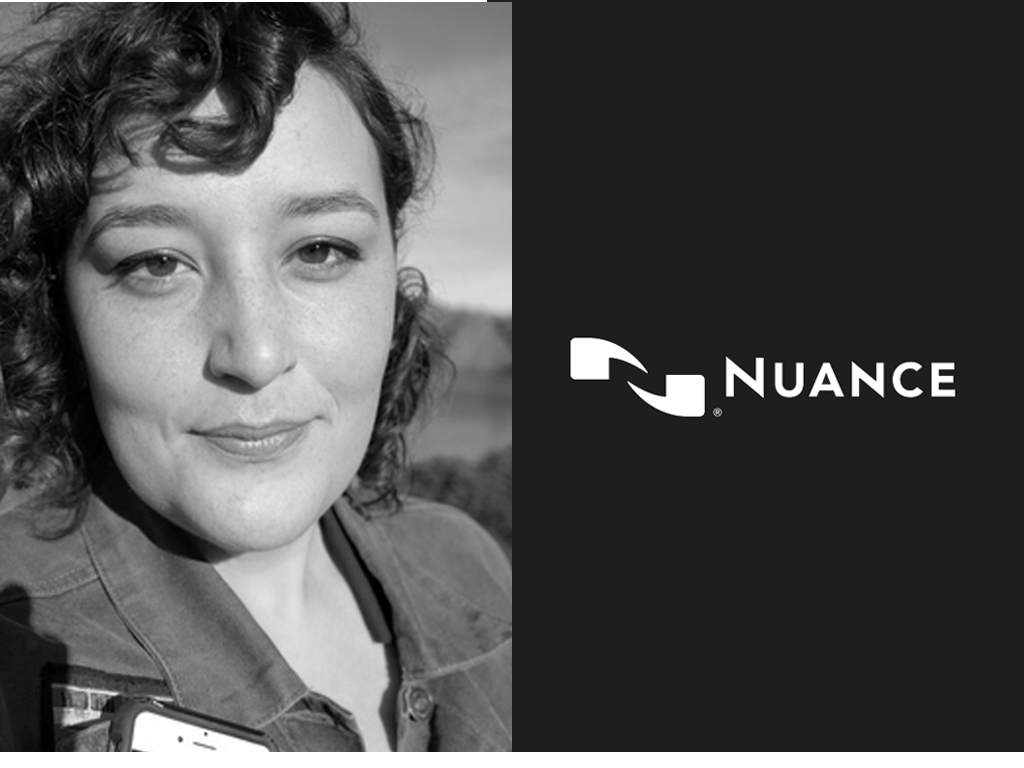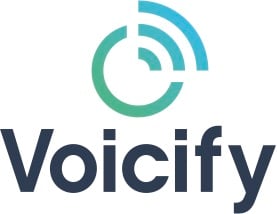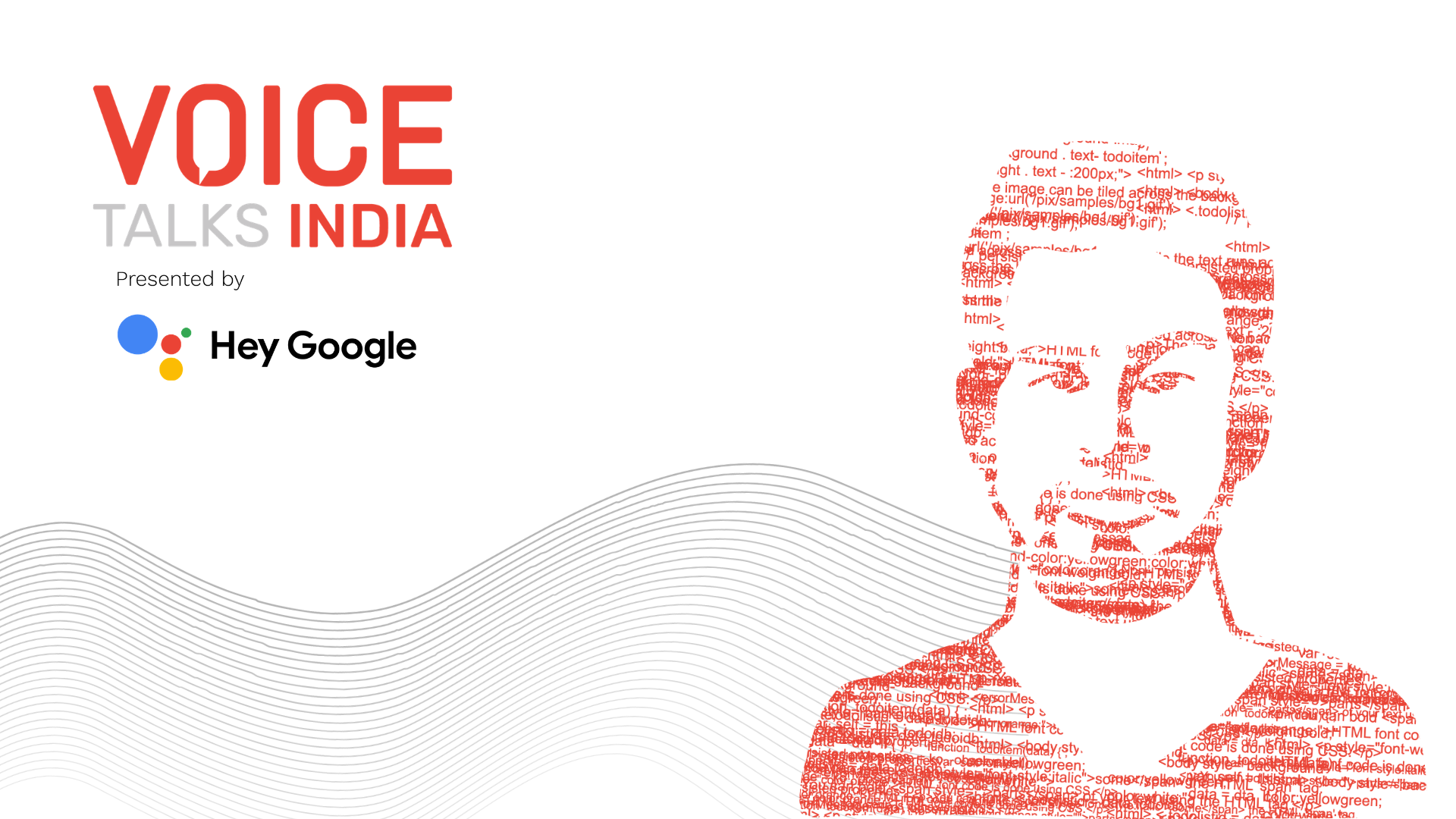
Interview With Nuance Chatbot Designer: Brooke Hawkins

Brooke Hawkins is a Voice Interface Designer after our own heart. She’s bright, focused on social good, and is a key player at Nuance where she designs chatbots, virtual assistance, and voice-first applications for Fortune 500 companies.
As if that wasn’t enough, Brooke is charged and ready to share her insights and expertise during a workshop at VOICE.
Speaking of which, it’s a short few weeks until the largest voice tech event of the year, so we’re ushering it in with an exclusive interview with Brooke Hawkins herself, where she talks about chatbot design, gives tips for newcomers in the field, and shares her vision for voice-first interfaces five years from now.
Curious? Read on.
(Some answers have been edited for brevity/clarity.)
Tell us a bit about your background. What sparked your interest in chatbot design?
I graduated from Michigan State University with a degree in Professional Writing (a focus in digital and technical writing) and expected to be a UX designer/researcher. I believed designing systems that made the world work better would be an excellent use of my time.
However, I took a year for service and spent it with AmeriCorps VISTA in a collaborative project with Google in Chicago. We trained nonprofits all over the city to use low-cost and free tech tools to scale their operations, making their lives easier and helping them to make bigger impact in their communities.
After that year, I knew for certain I wanted to continue working in a social-good capacity and found myself at a healthcare-technology company in Chicago designing Interactive Voice Response (IVR) calls. I didn't expect there to be such synergy, but designing conversational calls for people struggling with all kinds of health issues and providing them support and resources was a perfect fit.
How did you end up at Nuance?
It was during those years that Alexa and Google Home launched, solidifying the future of conversational design. I wanted to continue my learning process getting experience designing for different conversational modalities, and am now doing that at Nuance -- designing complex virtual assistants for large companies in many different industries.
It's one of the most challenging roles I've been in, and one with plenty of opportunity for growth and shaping processes within a global company creating some of the most frequently used chatbots/virtual assistants out there.
Why do you think chatbots have become so popular in the landscape of natural language interfaces?
As a naturally introverted person myself, I find that chatbots are so much less intimidating to interact with. With IVRs, or voice based systems, there is an anxiety sometimes to say the right thing, to be sure you're understood and then a lot of frustration when things fail, because there is nothing to see to demonstrate why something has failed.
Chatbots allow for more frequent mistake making, correction, and are somehow more informal in that way. Many of the chatbots I've designed also integrate with voice systems, or other live-chat systems -- so seamlessly interacting with a real human from a chatbot I think is also something users find less intimidating.
Do you have any favorite chatbots?
One of my favorite chatbots is Resistbot. I was amazed by its adoption rates during some of our recent turbulent political times. I seriously saw Solange make a post about using Resistbot to send her senator a message.
It's simple, effective, and has an amazing mission. When a chatbot can reach that many people, make a task like reaching politicians easy, and make users do it over and over again -- that's great design.
What can you tell us about your work on chatbots over at Nuance?
My role at Nuance entails designing chatbots for large companies -- everything from helping them think through the content for their chatbots, to implementing those designs in our software and working closely with developers, QA testers, project managers, and clients to weave together lots of information into one seamless experience.
I can't share much about the specific companies I'm working with, but I'm always interested in innovating processes to make building chatbots even easier as time goes on. Especially at a large company, there is always a process to innovate or a better way of doing things. Each time I approach a project, I'm always doing my best to immerse myself and push myself to think of ways things can be done quicker and with better quality.
From experience, what have you found to be the most challenging aspect of chatbot design?
I definitely think the most challenging aspect of chatbot design is for new designers entering the field. This field is still recent and we need more formalization around the principles of good design to teach new designers entering the space.
Many designers have come into chatbot design in a variety of ways, and usually have picked up voice/conversational design skills on the job. For new designers specifically interested in getting into this field, I think it's really challenging to enter and not really have a lot to rely on in terms of principles of good design to learn from and get under your belt.
There are amazing authors and designers trying to fill this void - like Cathy Pearl and Erika Hall, and courses like ones at CareerFoundry. I hope this kind of scholarship continues to grow to help new designers learn what they need to join the field.
Any tips for anyone just entering the world of chatbot design?
Ask a lot of questions - set up interviews with designers you find on Twitter, at conferences, that speak at your schools.
This field is so new, and learning from designers you admire is the best way to learn what types of conversational design jobs are out there. Every company is different and every team is different. In fact, the titles many of us designers have are radically different. The pathway isn't as clear in some other fields for entry, so really be confident and ask a lot of questions. Your perspectives are important and necessary to the future of good conversational design.
For chatbots in sensitive contexts, do you favor voice-activated or text-based chatbots?
It really depends. There are definitely contexts where each one is better suited for the problem at hand. In my experience, sometimes the tone and comfort a voice can provide can really encourage users to share information they otherwise wouldn't with their doctors or nurses in-person -- sometimes life-saving information like mental health statuses, for example.
Other times, I think things like entering bank information or paying bills online is much more comfortable to do via text. It totally depends, and I think designers should always be challenged to think about what modality better fits the use case they're designing for.
Of course, there will always be business needs that sometimes drive an un-ideal modality -- but designers should think critically about ways to surpass these limitations, or ask users questions in creative ways to prevent discomfort and frustration.
At VOICE this July, you’ll be giving an insightful workshop called, “Designing Chatbot Conversations with Sensitivity in Mind”. Who should attend and what are you hoping they’ll take away from it?
Any designer that is interested in designing more equitable and humane chatbots in sensitive situations should attend!
I'm hoping it will help attendees think critically about some of the power dynamics that are at play when we design conversations, and how we as designers can approach these power dynamics in different ways to design systems that respect and support users.
There are examples almost weekly about how voice/chat systems are failing the real needs of users -- Cheryl Platz just published a deep dive (based on a New York Times article) on the role of smart homes in domestic abuse situations. It's integral for designers to think about these unintended uses of our designs, and how we can either challenge or uphold these power systems through our designs. I hope my presentation helps spark some of those ideas.
Last question: How do you envision conversational interfaces being used 5 years from now?
I hope in the future that voice-first is adopted widely in the automotive space, because I think it would really help from a safety standpoint. (I see so many people on their cellphones while driving!)
I also anticipate that conversational interfaces will continue to replace/support in many customer service situations. It's not the most exciting answer, but in the short term companies see it as a big way to save money and we'll probably see lots of adoption there.
In my dream world, I'd love to see it adopted in community settings to help citizens get more involved in their local community. I've mentioned Resistbot already, but that's such a good example of this, and I think people are hungry for smart and easy ways to engage with their communities. We're all busy, overloaded, and stressed and empowering community members in that way is so important.
-
And that’s a wrap! If you found this interview as fascinating as we did, you can follow Brooke Hawkins on Twitter here and check out more of her fantastic work on her website.
Don’t forget to get your ticket to VOICE (if you haven’t already) so you can attend Brooke’s workshop on chatbot design and many other sessions on voice tech. You’ll be spoiled for choice with all the great talks, keynotes, and networking opportunities during those three exciting days. Keep track of everything by following us on Twitter and we hope to see you in NJ!






.png)

